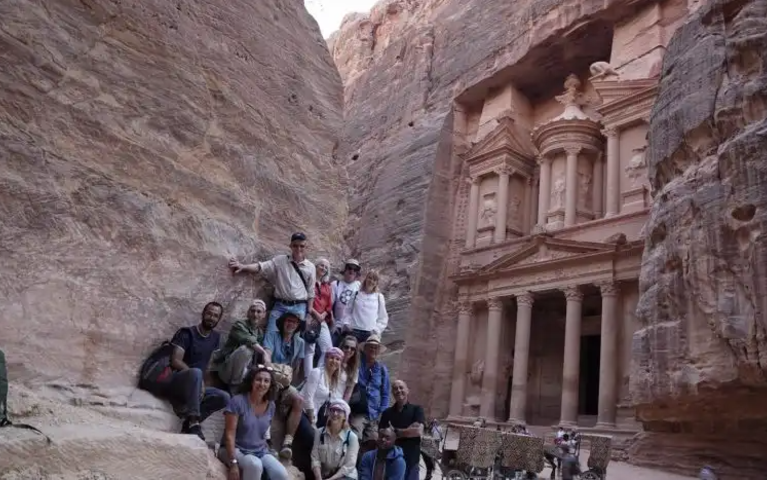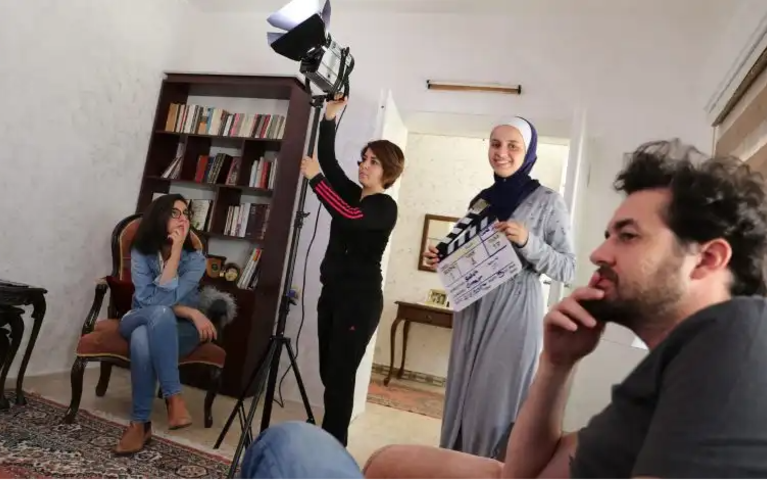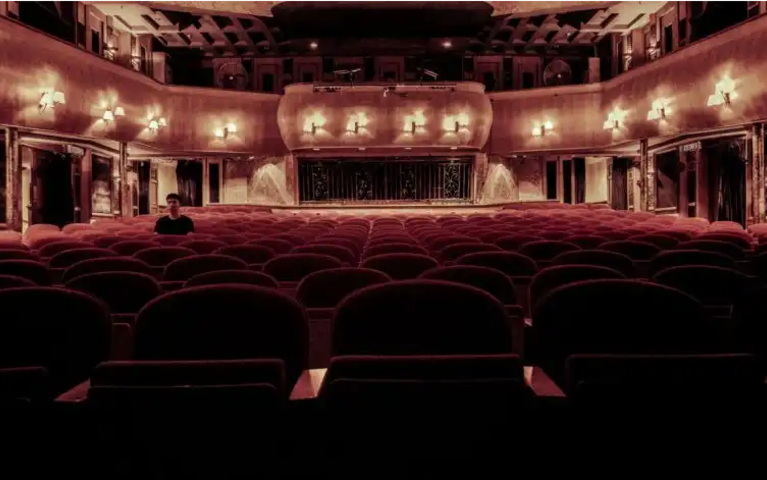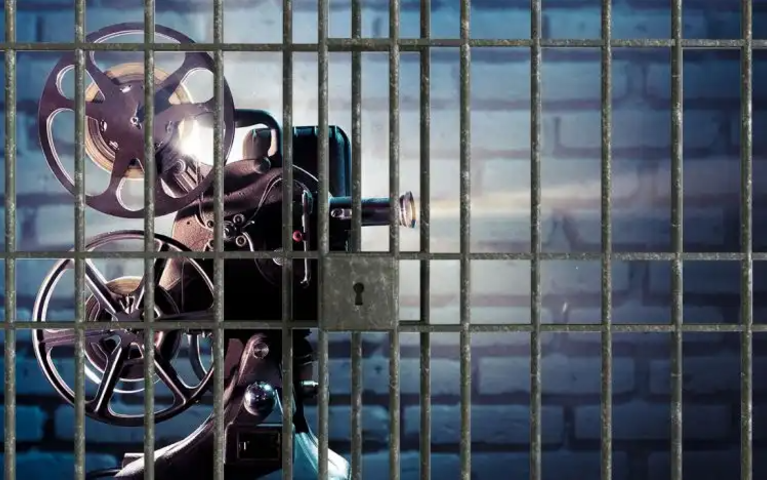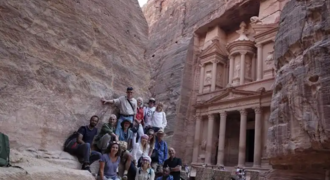SAFETY ON SET: RUST Incident – Case Study
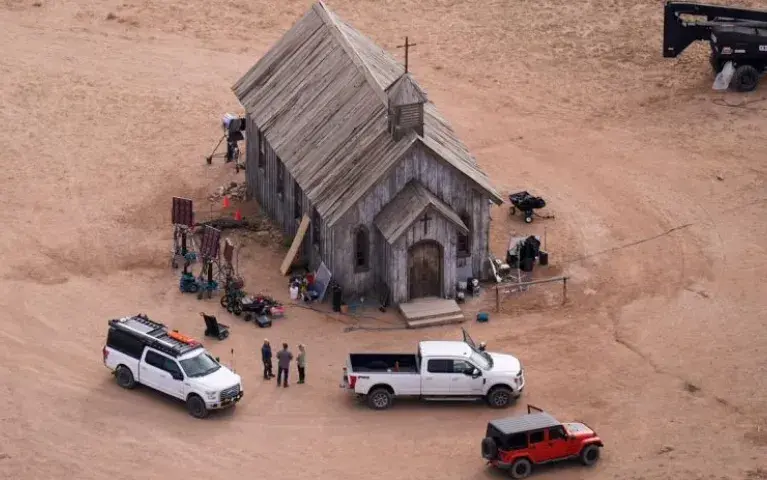
Safety on sets of production is a primary focal point of any project, regardless of its size, scope, profile, or budget. Ensuring the safety of cast, crew and the integrity of a location is obviously critical during production. It is equally important to analyze and manage safety before a production is underway. In order to fully assess a scenario and prepare for risks that may become realized on set, the production must carry out a pre-production safety analysis through a structured and organized process. The safety management process begins with identifying hazards within the script and, subsequently, when scouting for locations. Some methods to extract potential hazards can be in the form of a location analysis (perhaps through a PESTLE framework – political, economic, sociological, technological, legal and environmental analysis), equipment breakdown or going over previous incident reports for similar productions or in the area(s) to be considered for filming. These analytical tools can be funneled into a comprehensive risk assessment for a location or for a day’s work. Activities to be considered when identifying potential hazards can be taken from a script, such as the need for stunts, special effects or the use of firearms during production.
Firearms on set
Firearms are a tricky prop to integrate into productions. They add excitement and high stakes elements to many films featuring action or dramatic sequences. While we see firearms in film and tv all the time, their use on sets of production isn’t as simple and easy as it seems Productions can utilize decommissioned weapons or real weapons that fire blanks. Blanks, are meant to imitate the authenticity of real bullets. As can be seen below, they do not have a projectile or bullet at their tip, while genuine bullets do. Additionally, the accuracy of depicting a bullet is imitated, as blanks generate loud “bang” sounds and bring about recoil.
![]()
Blanks, while obviously safer than authentic bullets, can still carry risks from their use. They can inflict serious damage and even kill. Incidents and accidents on set involving firearms have occurred in the past, and have led to fatalities. Usually, they are due to poor safety management practices, and generally avoidable. An example of an incident occurring recently, is the fatality on the set of Rust, which was a western being filmed in Mexico at Bonanza Ranch in October of 2021.
The Rust Incident
The Rust incident is probably the most high profile occurrence of firearm use gone wrong on an American production in recent memory. Alec Baldwin (also a producer for the film) inadvertently pulled the trigger of the .45 caliber Colt revolver that killed cinematographer Halyna Hutchins. Director Joel Souza was also injured. Baldwin believed that the weapon did not contain live rounds, and stated that the weapon was discharged during rehearsal. Rust Movie Productions (the production management entity) asserted that it “enforced all applicable safety protocols.” Other safety practices, such as daily safety meetings and discharge of blanks were also implemented. If all safety practices were followed and adhered to, then where did production safety management go wrong?
Productions that do take holistic safety management into consideration ensure projects are adequately staffed and crew members have undergone requisite training/briefings for jobs and for tasks they may undertake or be part of. According to Rust’s armorer, Hannah Gutierrez-Reed, the situation was the opposite – understaffed, not adequately trained and dismissed when she attempted to improve on-set safety conditions. Another point raised by Gutierrez-Reed’s lawyer is that the production did not summon Gutierrez-Reed to inspect the firearm before Baldwin’s use – perhaps to cut time or simply due to negligence and carelessness. The deduction that “corners were being cut” was corroborated by an unnamed crew member, who was quoted in a report with the same observation. Lastly, it was reported than on October 16th, i.e. five days before the fatal shooting, a gun was misfired twice. A cardinal rule of any production using firearms is that safety meetings take place the day of their use. A camera crew member reported that there was “a serious lack of safety meetings.”

From a safety management perspective, digesting the details of this incident, while tragic, can be used as reference. Negligence, oversight, carelessness, and an on-set culture of indifference to protocol stand out from a top-down analysis of the incident.
Roles and Responsibilities
To reverse engineer the process of proper safety management, using the Rust incident as reference, the filmmaker must know who oversees what safety matter on set at all times. The understanding of roles and responsibilities is a first step in organizing effective safety management. The 1st Assistant Director is generally in charge of safety on set at any given moment. The 1st AD is expected to ensure that safety measures are known by all cast/crew and responsible for overall implementation of that project’s safety program. The 1st AD is also expected to lead safety meetings and to coordinate emergency response tactics effectively. While the 1st AD maintains day-to-day responsibility of safety, the location manager (LM) has the responsibility of having safety in mind when scouting locations for projects. The LM effectively assesses hazards of potential locations in a preproduction location safety assessment and therefore communicates these hazards to the producers and the 1st AD. The LM can use tools such as PESTLE (political, environmental, sociological, technological, legal and economic) analysis to ensure a macro environmental assessment of potential hazards has been properly analyzed, documented and communicated. It is also important to mention the role that the Producer plays in safety. While the Producer is atop the hierarchy of the positions mentioned, he or she maintains responsibility as well to ensure that a holistic safety program is implemented and being adhered to. There are many other individuals also involved in a film’s safety, each at different levels with different responsibilities. The project can employ primary medical officers (medics) or on-set doctors, security guards, armorers, and stunt team coordinators, in addition to many others, who all bear the responsibility of ensuring safety, security and health of those on set.
Productions should (and generally do) have concrete regulations about the use of firearms on set. Advisors and experts can be on set to advise on the proper use of firearms. Actor’s training in the proper use of these firearms and emergency response procedures for cast and crew should also be taught, organized and implemented. Additionally, daily safety briefings with all requisite cast and crew is needed to prepare all involved for the day’s activities, the risks involved and auxiliary procedures that will ensure the health, safety and security of individuals working that day. Comprehensive measures for the safe use of firearms on set can be found at https://www.csatf.org/wp-content/uploads/2018/05/01FIREARMS.pdf. The 1st AD should always mention details of the day’s weapon use, how they will be used and who will be using them, in addition to facilitating rehearsal.
In short, projects should start with a risk assessment of the locations being used, and on a day-to-day basis of activities being implemented. There is no limit to the amount of risk analysis that can be performed. It is always better to overdo your preparations than to assume or cut corners. Proper roles and responsibilities should be assigned and established, so cast and crew know their own roles and the roles of others. Finally, effective documentation should be always carried out. Any incidents, their causes, adverse effects and response measures should be noted for future instances. These are the very basic and non-negotiable elements for any project regardless of its size and scope. Ignoring safety, security and health precautions and electing to rush through related preparation procedures can lead to serious accidents, injury, loss of work time, damage to the sets and, as we have learned, even death.
*Camile Gargour is an internationally certified security management professional and is the coordinator for safety training programs and safety-related issues at The Royal Film Commission – Jordan.

